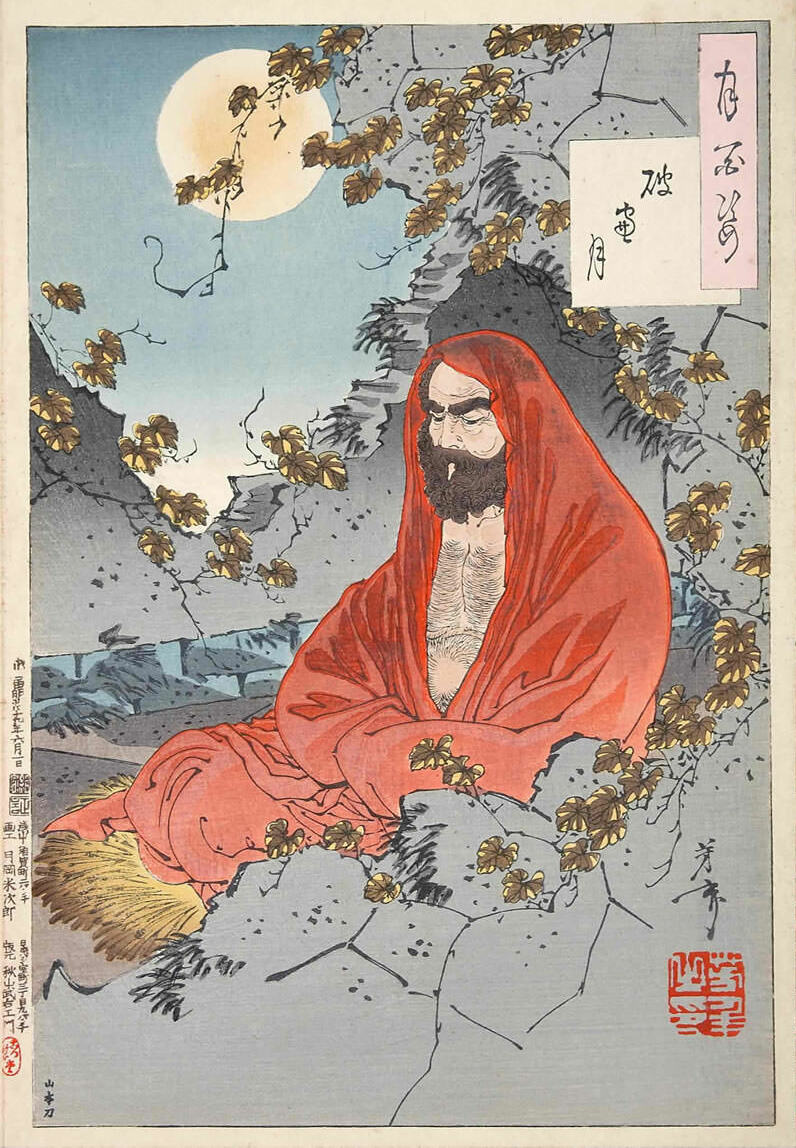What characterizes each style and/or their practitioners? From Black Belt magazine:
#1 Tiger:
Popularity: high (for tiger), rare (for black tiger)
Shaolin saying: “Tiger strengthens the bones.”
Characteristics: strength, agility; considered one of the two most powerful animals in Chinese astrology
Strategy: tends to charge the opponent and attack directly with brute force, uses circular arm movements to overwhelm the enemy, relies on the arms but occasionally uses low kicks
Targets: any part of the body, especially those that react to tearing techniques
Physical requirements: relaxed muscles, speed, solid build, ability to adopt a strong stance and quickly change to another stance
Training: push-ups, sit-ups, calisthenics, sparring, chi-development exercises
Trademark: tiger claw, an open-hand grabbing and striking weapon formed by spreading the thumb and fingers, then bending them slightly
In legend: “It offers the power to shake the earth and to be the authoritative king of its lair,” kung fu master Rob Moses says.
#2 Leopard:
Popularity: high
Shaolin saying: “Bend fingers hard, like iron.”
Characteristics: strong, efficient, fast, technical, defined by accuracy, capable of stealth attacks
Strategy: strikes quickly to inflict pain, then follows up for the kill
Targets: soft-tissue regions and other vital areas, including the ears, neck, armpits, temples and groin
Physical requirements: relaxed muscles, supple strength, ability to quickly retract the arms and legs after a strike
Training: striking drills that develop accuracy and precision
Trademark: leopard paw, a half-fist that strikes with the second knuckles of the four fingers. It’s a rigid weapon that makes contact with a small, penetrating surface.
In legend: “It’s nature’s master of precision and prowess—sharp, efficient and lightning fast,” Rob Moses says.
#3 Crane:
Popularity: medium
Shaolin saying: “The spirit of the crane resides within the stillness.”
Characteristics: evasive, rarely offense-oriented, subtle, graceful
Strategy: keeps the opponent at a distance and capitalizes on the length of the arms and legs, tends to strike with the very end of the natural weapons, attempts to overwhelm the enemy with rapid hand strikes, evades using circular movements
Targets: soft areas such as the eyes, throat, ears and heart; sides of the head; ribs
Physical requirements: tall, long reach, ability to remain still for extended periods, good balance, concentration, minimal strength
Training: mobility-enhancing drills to develop the ability to maintain distance between oneself and the opponent, speed training, quick retraction of natural weapons, chi-development exercises
Trademark: crane beak, formed by bunching the thumb, index finger and middle finger together to strike with the fingertips
In legend: “It dances with accuracy and control, and offers weightlessness to rise above crises,” Rob Moses says.
#4 Snake:
Popularity: medium
Shaolin saying: “Hard like steel and soft like a rope of silk.”
Characteristics: deceptive, agile, fast, accurate
Strategy: relies on awareness, employs coiling motions and hisses to intimidate, uses whipping toe kicks to the lower half of the opponent’s body, utilizes simultaneous striking and locking techniques, avoids using the traditional fist
Targets: vital parts of the body, especially the eyes, face and throat
Physical requirements: thin build, quick muscles
Training: drills to increase explosiveness, which enables one to take the opponent by surprise; exercises that enhance balance and accuracy
Trademark: snake hand, which uses one or two fingers—or, in the case of the spearhand, all of them—to attack and defend
In legend: “It has extreme chi power, which helps activate profound sensitivity and enables all the muscles to work as one,” Rob Moses says.
#5 Dragon:
Popularity: rare
Shaolin saying: “Dragon fist trains the spirit.”
Characteristics: strong, smart, deceptive, unpredictable; includes traits of the other four Shaolin animals; considered one of the two most powerful animals in Chinese astrology and the sign of the emperor
Strategy: uses quick, snapping kicks that hit with the blade of the foot; uses the full fist and the forearms to strike; may combine physical techniques of the other Shaolin animals
Targets: any body part that can be grabbed; the head, which is simultaneously grabbed and struck
Physical requirements: relaxed muscles, ability to switch from soft movements to hard movements
Training: drills to build explosive power
Trademark: dragon-tail kick, which is used to hit or sweep; dragon claw, which positions the digits in a flatter orientation than does the tiger claw
In legend: “It protects treasure, defends against famine and floods, and is filled with ancient wisdom and folklore,” Rob Moses says.









